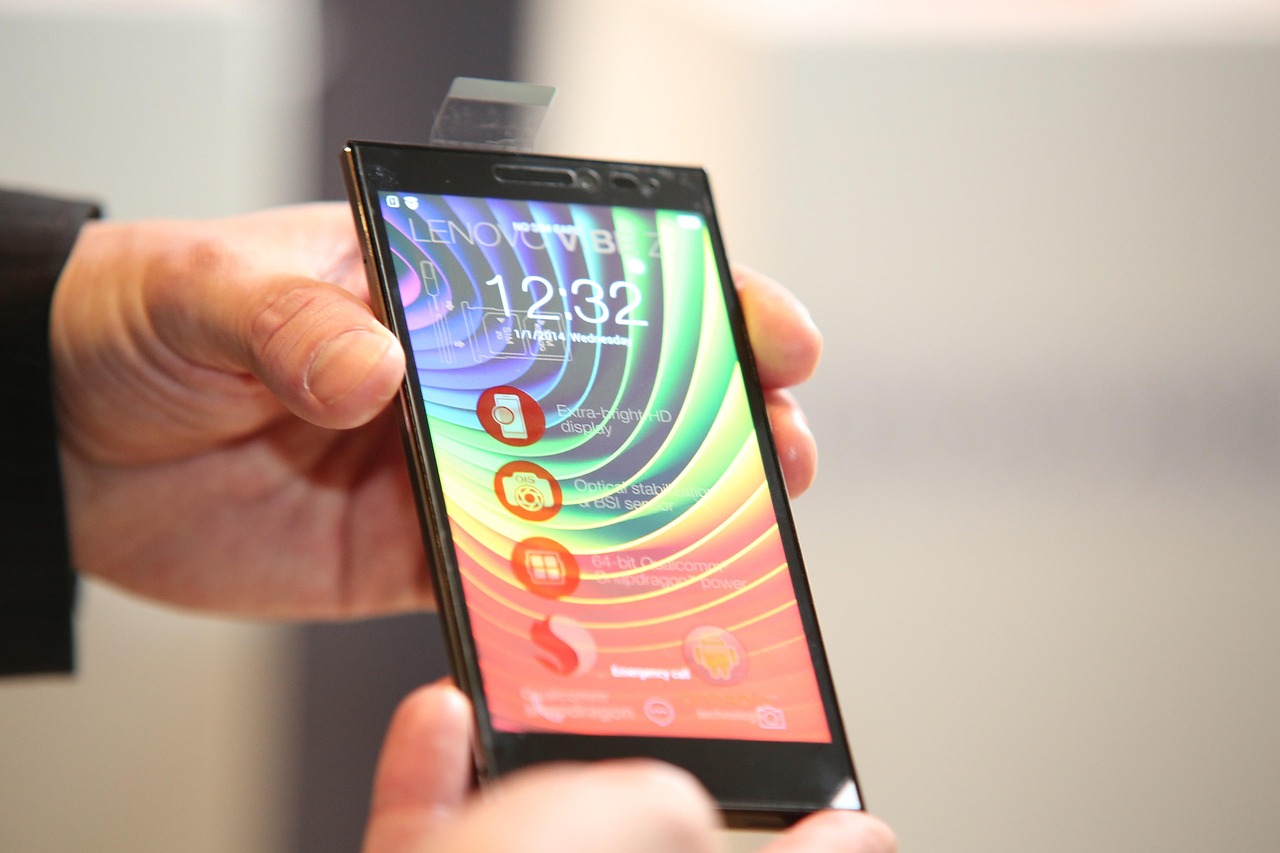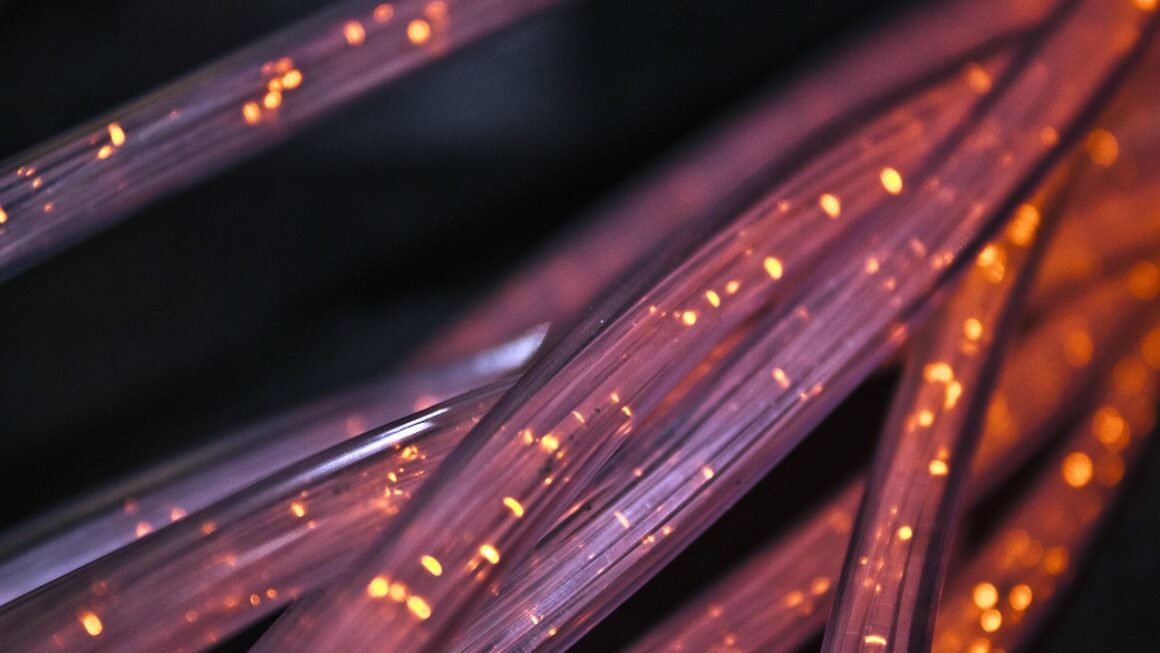Transform your living room into a home theater oasis with the magic of a home projector. Forget cramped screens and expensive cinema tickets – with the right projector, you can enjoy immersive movie nights, epic gaming sessions, and even captivating presentations, all from the comfort of your couch. But with so many options available, choosing the perfect home projector can feel overwhelming. Fear not! This comprehensive guide will walk you through everything you need to know to select the best projector for your needs, budget, and viewing experience.
Understanding Home Projectors
What is a Home Projector?
A home projector is a device that projects an image onto a screen or wall. Unlike traditional televisions, projectors offer a significantly larger screen size at a potentially lower cost. They are perfect for creating a cinematic experience in your home, ideal for movie buffs, gamers, and anyone who enjoys sharing content with friends and family.
Types of Projectors
Several projector technologies exist, each with its own set of advantages and disadvantages:
- DLP (Digital Light Processing): DLP projectors use tiny mirrors to reflect light, creating sharp images with excellent contrast. They are known for their fast response times, making them suitable for gaming.
Example: Optoma HD28e
- LCD (Liquid Crystal Display): LCD projectors use liquid crystal panels to produce images. They typically offer brighter colors and are generally more energy-efficient than DLP projectors.
Example: Epson Home Cinema 2250
- LED (Light Emitting Diode): LED projectors use LEDs as their light source, offering long lamp life and energy efficiency. They are often smaller and more portable than other types of projectors.
Example: Anker Nebula Capsule II
- Laser: Laser projectors use lasers as their light source, providing exceptional brightness, vibrant colors, and long lifespan. They are often found in high-end home theater setups.
Example: Hisense PX1-PRO
Key Features to Consider
Brightness (Lumens)
Brightness is measured in lumens and indicates how much light the projector emits. The brighter the projector, the better it will perform in rooms with ambient light. Consider the following:
- Dark Rooms: 1500-2000 lumens is often sufficient.
- Rooms with Some Ambient Light: 2000-3000 lumens is recommended.
- Bright Rooms: 3000+ lumens is ideal.
Example: A projector with 2500 lumens would be a good choice for a living room with some natural light, allowing you to watch movies even during the day with the curtains drawn.
Resolution
Resolution determines the sharpness and detail of the projected image. Higher resolution means a clearer, more detailed picture.
- 720p (HD): Suitable for basic viewing and smaller screens.
- 1080p (Full HD): The standard for most content and offers a great balance of price and performance.
- 4K (Ultra HD): Provides the highest level of detail and is ideal for large screens and immersive viewing experiences.
Example: If you plan to watch a lot of Blu-ray movies or play video games on a large screen, a 1080p or 4K projector is a worthwhile investment.
Contrast Ratio
Contrast ratio is the difference between the darkest black and the brightest white a projector can produce. A higher contrast ratio results in richer blacks and more vibrant colors.
- Look for contrast ratios of at least 10,000:1 for good image quality. Some high-end projectors offer contrast ratios of 100,000:1 or higher.
Example: A projector with a higher contrast ratio will display darker scenes in movies with more depth and detail, creating a more immersive viewing experience.
Throw Ratio
Throw ratio determines the distance required to project a specific image size. A lower throw ratio means the projector can be placed closer to the screen.
- Short Throw Projectors: Ideal for smaller rooms where you can’t position the projector far from the screen.
- Long Throw Projectors: Require more distance and are suitable for larger rooms.
Example: If you have a small living room, a short throw projector will allow you to project a large image without needing a lot of space.
Lamp Life
Lamp life refers to the number of hours a projector lamp can operate before it needs to be replaced. LED and laser projectors generally have longer lamp lives than traditional lamp-based projectors.
- Check the lamp life rating of the projector before purchasing. A longer lamp life will save you money in the long run.
Example: An LED projector with a lamp life of 20,000 hours will last much longer than a lamp-based projector with a lamp life of 5,000 hours, reducing the need for frequent lamp replacements.
Setting Up Your Home Projector
Choosing a Screen
While you can project onto a blank wall, a dedicated projector screen will provide a better image quality. Screens come in various sizes, materials, and types:
- Fixed Frame Screens: Offer the best image quality and are ideal for dedicated home theaters.
- Pull-Down Screens: More versatile and can be easily stored when not in use.
- Tripod Screens: Portable and suitable for temporary setups.
Example: A fixed frame screen with a high gain will reflect more light back to the viewer, resulting in a brighter and more vibrant image.
Projector Placement
Proper projector placement is crucial for optimal image quality. Consider the following:
- Distance: Use the throw ratio to determine the correct distance between the projector and the screen.
- Height: Position the projector so that the image is centered on the screen. Many projectors have keystone correction to adjust for angled projections.
- Mounting: You can mount the projector on the ceiling, a shelf, or a tripod.
Example: Use a projector distance calculator to determine the optimal placement based on your screen size and the projector’s throw ratio. This will ensure that the image fills the screen properly.
Audio Setup
While some projectors have built-in speakers, they often don’t provide the best audio quality. Consider using an external sound system for a more immersive experience.
- Soundbar: A simple and affordable option for improved audio.
- Home Theater Receiver and Speakers: Provides the best audio quality for a true cinematic experience.
Example: Connect your projector to a soundbar via HDMI ARC (Audio Return Channel) for a seamless audio experience.
Common Issues and Troubleshooting
Image Distortion
Image distortion can occur if the projector is not properly aligned with the screen. Use keystone correction to adjust the image and eliminate distortion.
- Solution: Access the projector’s menu and use the keystone correction settings to adjust the image until it is rectangular and properly aligned.
Blurry Image
A blurry image can be caused by incorrect focus or a dirty lens. Adjust the focus ring on the projector to sharpen the image. If the lens is dirty, gently clean it with a microfiber cloth.
- Solution: Rotate the focus ring until the image is sharp and clear. If the lens is dirty, gently wipe it with a clean, dry microfiber cloth.
Overheating
Projectors can overheat if the vents are blocked or if the room is too hot. Ensure that the vents are clear and that the projector is placed in a well-ventilated area.
- Solution: Check the vents for any obstructions and ensure that the projector has adequate airflow. Avoid placing the projector in direct sunlight or near heat sources.
Conclusion
Choosing the right home projector involves careful consideration of your viewing environment, budget, and desired features. By understanding the different types of projectors, key specifications, and setup considerations, you can create a home theater experience that rivals the cinema. From brightness and resolution to throw ratio and audio setup, each element plays a crucial role in delivering an immersive and enjoyable viewing experience. So, take the time to research your options, compare models, and invest in a projector that meets your specific needs. Get ready to enjoy countless hours of movie nights, gaming sessions, and presentations in the comfort of your own home!




